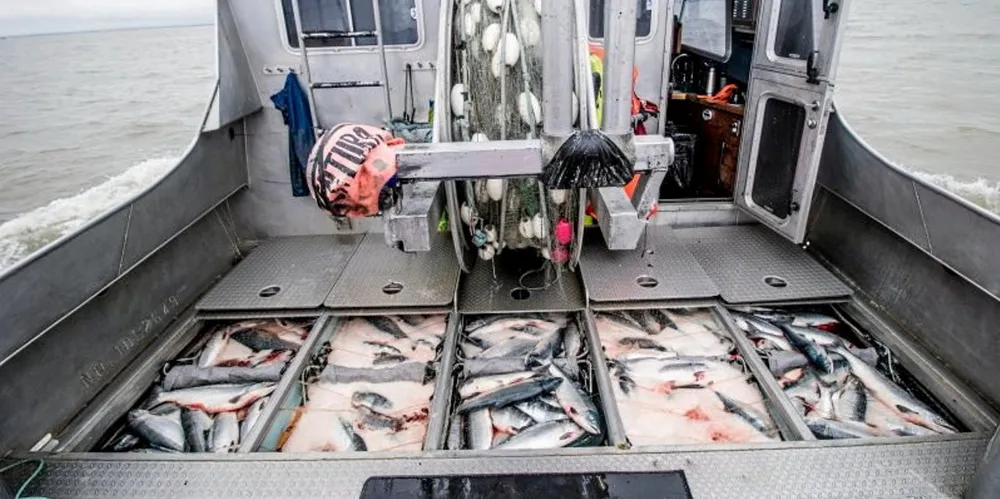Alaska salmon market crisis deepens as value of harvest nosedives to one of the lowest levels in nearly 50 years
Even Prince William Sound--whose first Copper River salmon often bring with it eye-popping prices-- saw declines in value compared to last year.
